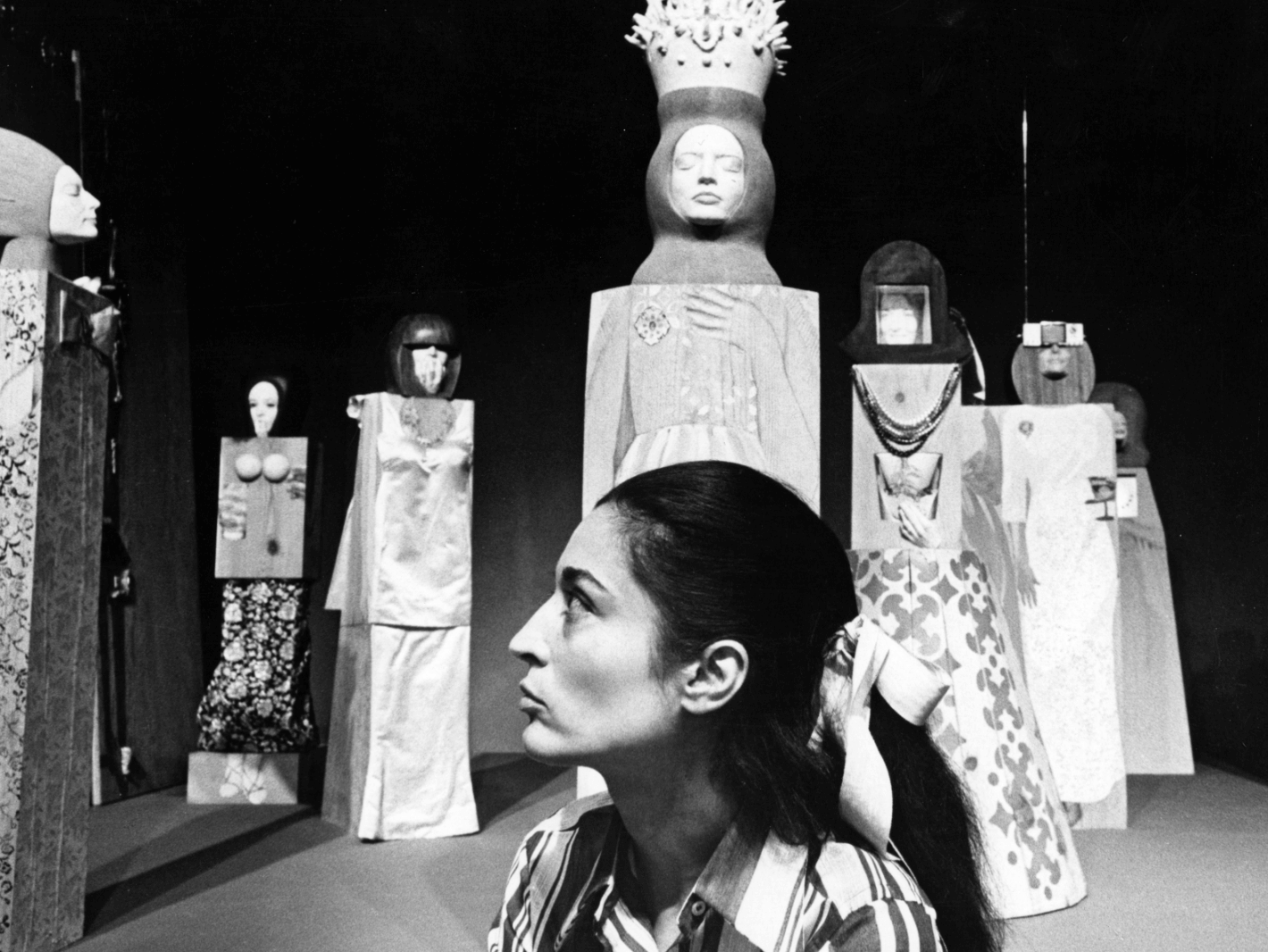By: LUIS R. RIGUAL

Pop Art’s forgotten leading lady gets her due with a new spring exhibition at the Pérez Art Museum Miami.
Although well-known in culture circles today, Latin American artist Marisol never achieved the iconic status that her contemporary and friend Andy Warhol attained in the Pop Art canon. While they both enjoyed success in 1960s New York, Warhol would go on to become synonymous with the Pop Art movement while Marisol’s contribution would fade into obscurity. This spring, the Pérez Art Museum Miami (PAMM) sets out to remedy that injustice with Marisol and Warhol Take New York (April 15–September
5), a new exhibition that chronicles the developments of both artists’ careers from 1960 to 1968. While highlighting their influence on each other and their respective rises to stardom, for Marisol, it was a short-lived but prolific period.
Born Maria Sol Escobar in Paris in 1930 to wealthy Venezuelan parents, Marisol grew up in France, Caracas, and Los Angeles, and went on to study with renowned painter Hans Hoffmann. She came onto the Manhattan art scene, along with Jasper Johns and Robert Rauschenberg, and seemed to immediately form a bond with Warhol. By various accounts, the two inspired each other — Warhol featured her in some of his earliest films and Marisol, in turn, made a sculpture titled Andy. They also navigated the heady 1960s gallery scene together, attending openings and cocktail parties as they fine-tuned their respective styles.
“PAMM has always made it a priority to tell stories that have been lost through the dominant art historical narrative,” says Maritza Lacayo, PAMM’s curatorial assistant and PR coordinator. “This show is about giving Marisol her rightful place.”
On view are paintings, drawings, photographs, and archival material, along with rarely seen films by Warhol that provide an intimate look at Marisol in her studio and socializing with the likes of John Giorno and Robert Indiana. Highlights include the shared themes in the artists’ works, including their depictions of Coca-Cola and the Kennedy family, as well as their polar-opposite perspectives on other subjects.
Case in point: Marisol’s 1963 wooden sculpture titled The Family, which depicts a household centered around a matriarch and stands in stark contrast to Warhol’s glamorous depiction of women and femininity. Equally impactful is The Party, an ensemble sculpture piece for the 1968 Venice Biennale believed to represent Marisol’s discomfort and isolation as a woman within the 60s art world. At its core, Marisol and Warhol is a story about friendship and how relationships are informed by the creative process.
Still, questions remain as to why Marisol fell out of favor with the gallerists and curators who initially fawned over her. While Warhol courted attention and craved ubiquity, Marisol allowed her work to speak for her. “She was more interested in people and the interaction of people rather than the commodities and packages that we place value on,” says PAMM director Franklin Sirmans. “For what it’s worth, she did once say, as quoted in [her] New York Times obituary: ‘When asked in 1964 how she would like her work to be seen by critics and the public, she seemed puzzled by the question. Her answer? ‘I don’t care what they think.’”
